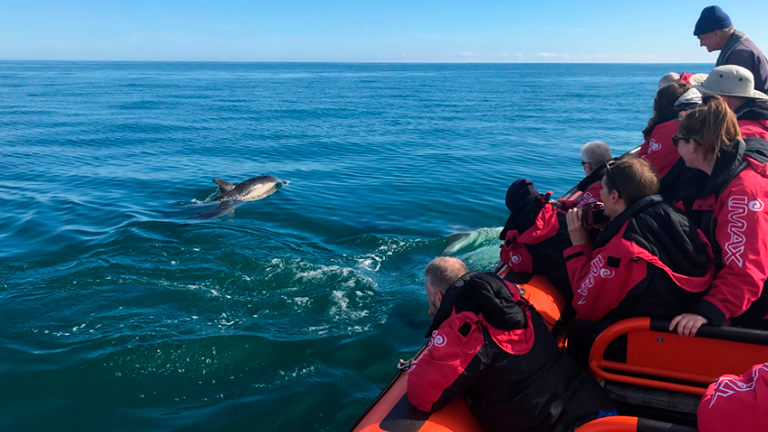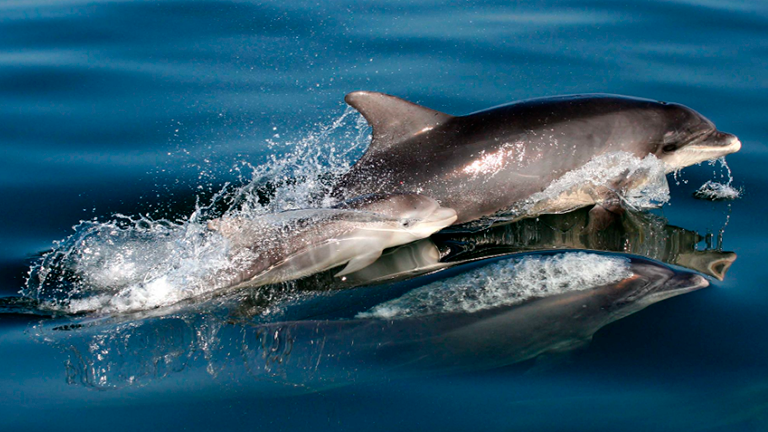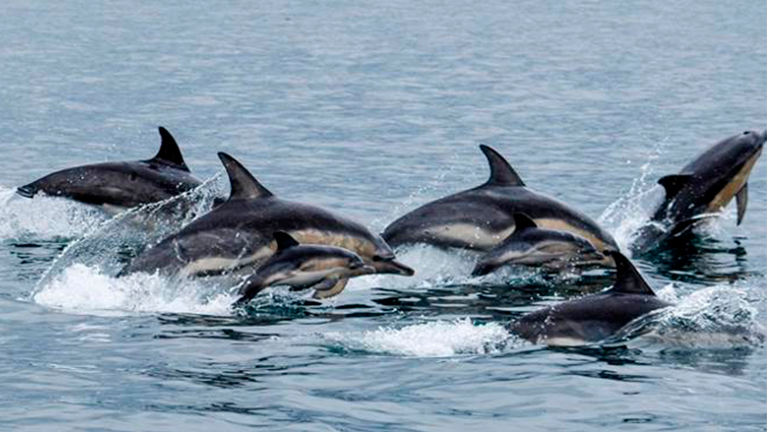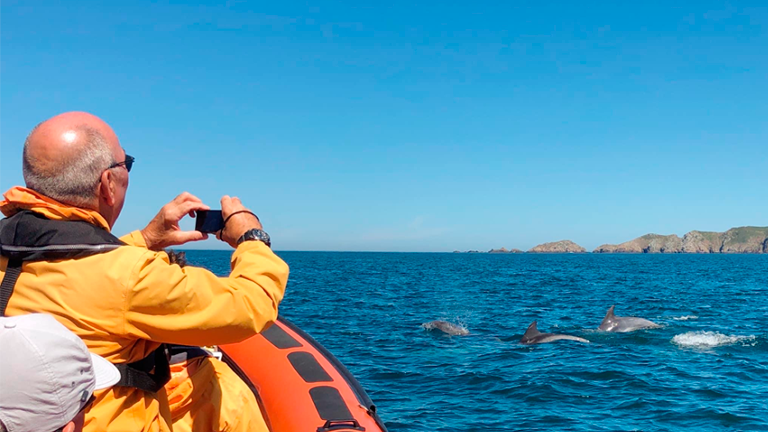
Peter Evans is director of Sea Watch Foundation, which works to improve the conservation of whales, dolphins, and porpoises around the British Isles. Peter started a network of observers – citizen scientists – in the 1970s before citizen science had even been coined as a term. At the time, it was thought near impossible for the public to see, let alone identify, marine species and consequently marine mammals were under-recorded and under-represented. The foundation has proven that with some training and effort, seeing and identifying these species is achievable and highly enjoyable. Continue reading the interview with Peter to discover the power of citizen science to monitor marine species!
Who is part of the observer network?
The network is made up of thousands of people from all walks of life; volunteers work aboard merchant ships, navy ships, and oil rigs, they fly planes between Scottish islands, and are fishermen, kayakers, and cliff-top dog walkers.
Sea Watch trains volunteers in person, online, and via their app. They learn how to spot marine mammals in the water, identify the species, take photos, and record their observations.

Participation greatly improves volunteer well-being, partly due to the special connection people have with iconic marine mammals. Spotting one generates a great deal of enthusiasm and joy, especially when inquisitive mammals interact with citizen scientists!
Why are citizen scientist observations important?
Data collected by citizen scientists helps professional scientists identify when conservation issues arise. The mobile nature of marine mammals means that they frequently move outside of their usual range, so observations by citizen scientists contribute to distribution maps. This data is particularly important for advising government bodies on policy and creating appropriate protection measures for animals.

When citizens get involved, this also raises public awareness about the rich diversity of species in our seas, and highlights some of the problems wildlife face, such as being caught in fishing nets.
What does the future of citizen science look like?
Improvements in smartphone camera technology means that most people now can take photos and videos which can be used for identification of species and individual animals. Sea Watch has even recorded new species in Britain from such photos! Social media and the Sea Watcher app are great places to share these observations. However, this presents issues with volumes of data, especially when combining data from other organisations. A common platform to bring these together, such as Cos4Cloud service Cos4Bio may help tackle this issue going forward.

To get involved with citizen science for marine mammals, visit the Sea Watch Foundation website.
To learn more about Cos4Cloud services for citizen science, visit the project’s website.

















